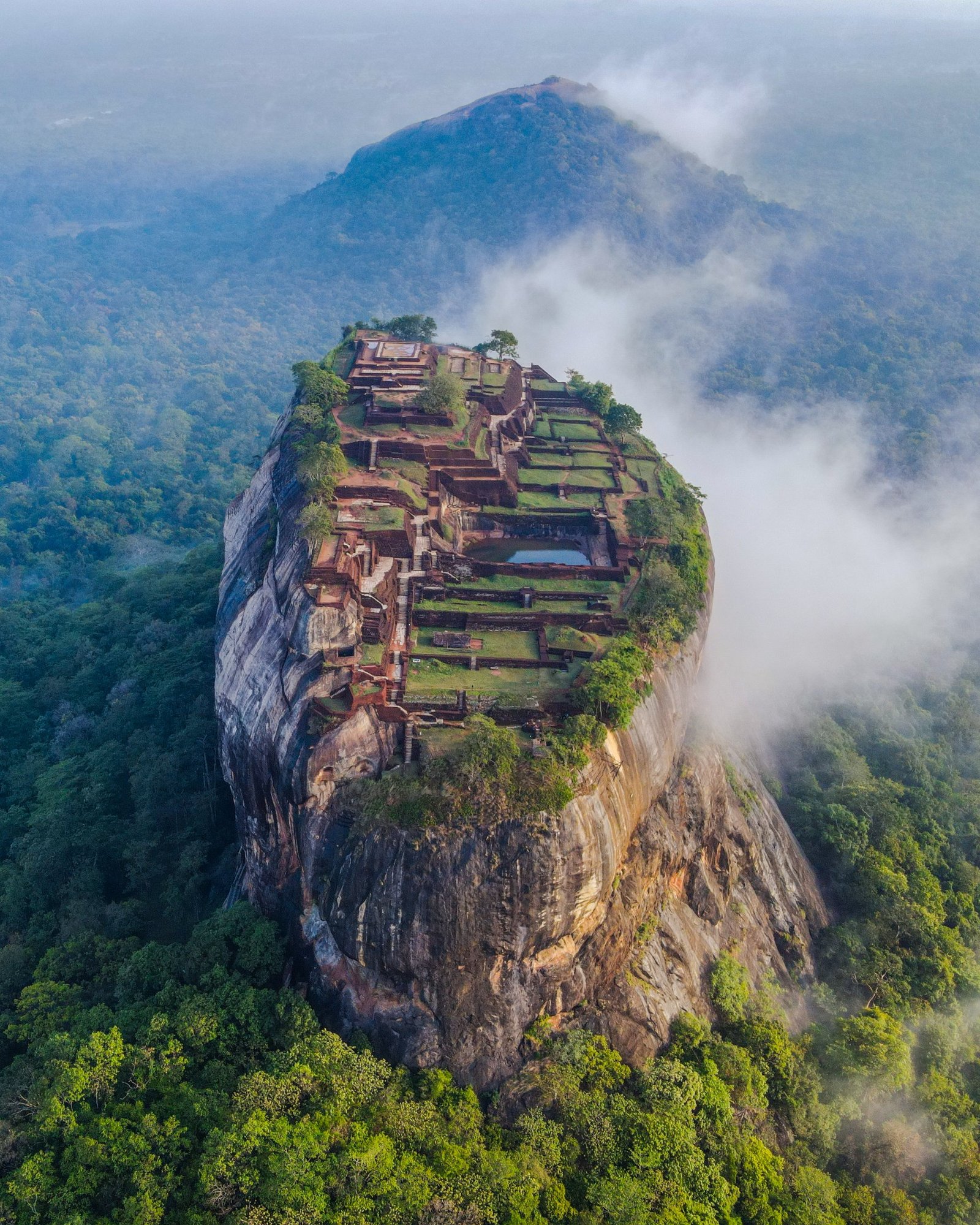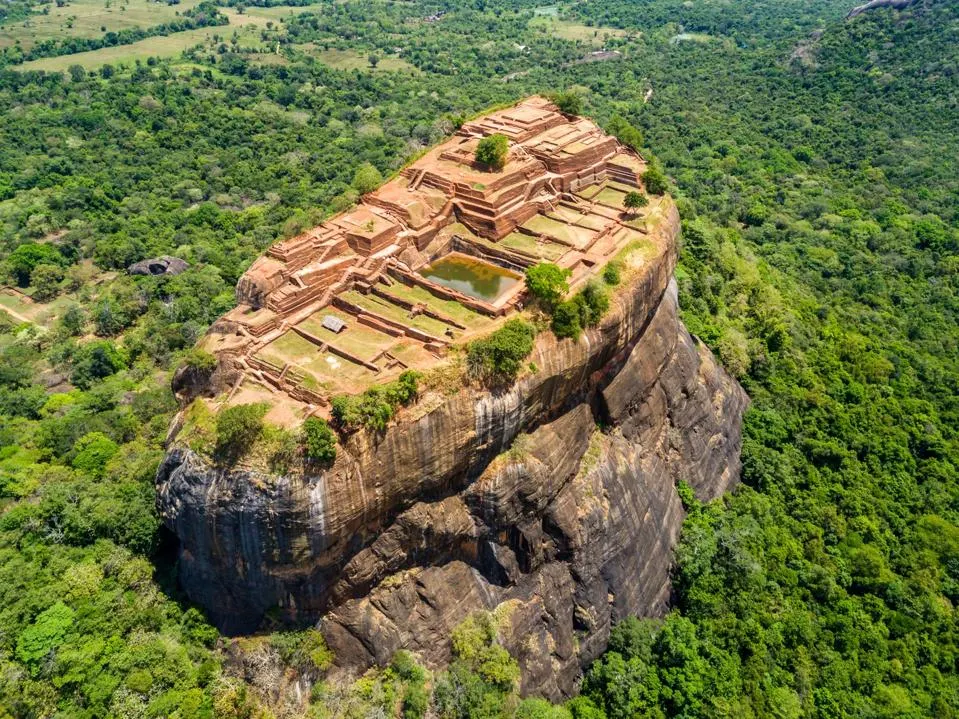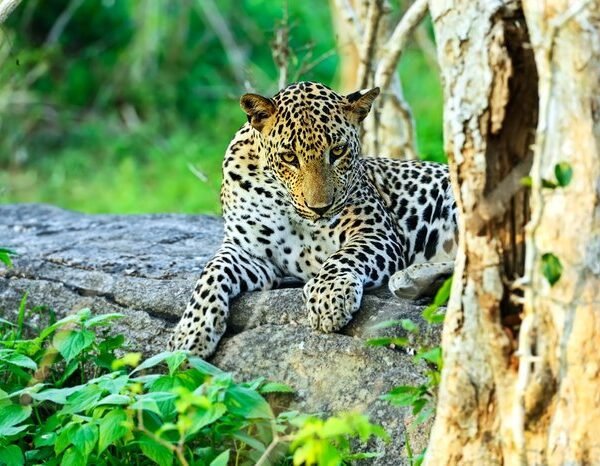
From finding the sweet spot between the monsoons, to experiencing the liveliest cultural festivals, here are the best times to visit Sri Lanka © Cavan Images / Getty Images
If anywhere deserves the title of a true year-round destination, it’s Sri Lanka.
Like neighboring Maldives, its proximity to the equator ensures pleasantly warm, stable temperatures whatever the season. Sri Lanka’s annual dual monsoons mean that while one side of the country is taking a soaking, the other is primed for afternoons on the beach.
On top of this is a calendar chock-full of festivals and holidays, offering a unique cultural highlight for visitors almost every month.
So whether you’re looking for the best time to hit the beach, spot wild elephants in a national park, hike to the summit of Adam’s Peak, or simply avoid the tourist crowds, here’s our guide to the best time to visit Sri Lanka.

December to March is the best time to hit the beach
Sri Lanka’s high season coincides with the coming of the best weather in the south and west of the country, meaning popular resorts like Hikkaduwa and Mirissa are at their most idyllic, but also busiest. However, the Maha monsoon season (October to January) keeps the East, the North, and the Ancient Cities wet.
Sri Lanka is a year-round wildlife-watching destination but generally, the best times to spot elephants, leopards and buffalo align with the main November-to-April tourist season. All the big parks are open and the dry conditions mean that animals start to gather around water holes, making them easier to spot (especially between February and early April).
By December, high season is in full swing, with bathers on beaches along the south and west coast jostling for towel space. The Adam’s Peak pilgrimage season, when pilgrims of all faiths (and the odd tourist) climb the sacred summit near Ella, starts in December and lasts until mid-April.
The end of the month also sees the arrival of Christmas, which is celebrated enthusiastically by Sri Lanka’s Christian community. Followers of other faiths also join in secular events over the holidays – expect over-the-top decorations aplenty.
January sees the peak of the tourist season in Sri Lanka. Crowds may be at their largest, but fine weather in the south and west makes it an appealing time to visit the country. Additionally, many popular towns host major events during the first month of the year.
This includes Duruthu Perahera in Colombo, a lavish festival of lights, dances, and parades to celebrate the first of Buddha’s visits to Sri Lanka. Elsewhere, Galle‘s somewhat more sedate annual literary festival takes over the city’s Unesco-protected fort.
Visitor numbers are still high in February, with wintering Europeans baking themselves on the beaches in the dry winter weather. This is a busy month for Sri Lankans, with Independence Day early in the month, commemorated with festivals, parades, fireworks, and sporting events across the nation.
Visitor numbers decline but the festival of Maha Sivarathri in early March (or late February) brings a flurry of activity, with Hindus commemorating the marriage of Shiva to Parvati with all-night vigils and more. It’s the most important day for Shaivites, who comprise the majority of Sri Lanka’s Hindus.

September to October and April are the best times for exploring the whole country
Squeezed between the two main monsoons, Sri Lanka’s two shoulder seasons offer the best weather right across the country, with fewer crowds and lower prices. April, however, does coincide with Sinhala and Tamil New Year, which can cause transport troubles as people move around the country.
This is a good time for trekking in the Hill Country or climbing Sigiriya, with the weather mostly dry but not as hot as in the height of summer.
September, and sometimes August, also sees 200 or more elephants group together for several weeks in one spot in Minneriya National Park. The event, known as “The Gathering” where baby elephants can be spotted too, is considered one of Asia’s great wildlife spectacles.
October can be a bit unpredictable, with the Yala monsoon fading and conditions building towards the Maha monsoon. In many areas, thunderstorms arrive in the afternoons, and rain is common, but there’s still good surfing on the east coast. Make sure you add a raincoat to your list of things to pack if you’re visiting in October.
Warm and dry across the majority of the country, and outside the prime tourist period, April is a great month to be in Sri Lanka. Although Christians comprise only six percent of Sri Lanka’s population, a Christian festivals – including Easter, which usually falls in April – are still celebrated with gusto (don’t be surprised if you see the Easter bunny adorning a few shop windows).
A more significant event in April is Aurudu (New Year), with New Year’s Eve (April 13) and New Year’s Day (April 14) nonreligious holidays. Over the days before and after, buses and trains are jammed as people flee from big cities to home villages.
Ramadan also tends to fall in April or May, with some Muslim-owned businesses closing during daylight hours.

May to August is the best time to avoid the crowds
Low season in Sri Lanka starts with the coming of the Yala monsoon in May, which pounds the west and south, as well as the Hill Country, through August.
This is the best time for trips to Jaffna in the North or the chilled-out resorts along the East Coast, like Arugam Bay, known for their laid-back surf scene. Accommodation prices during this period are generally lower and crowds are thinner.
Despite the Yala monsoon, many must-see festivals take place during this period. Among the best of them is Vesak Poya, a two-day festival in May where coloured lights adorn every Buddhist home, shop, and temple. There’s also the vibrant Esala Perahera in Kandy, where thousands of dancers and drummers form a giant procession through the town.
The ongoing monsoon means tourist crowds are scarce through most of the country in June, with the exception of the east coast beaches that avoid the rain. Meanwhile, another major Buddhist event, the Poson Poya, gets underway.
The celebration of the introduction of Buddhism to Sri Lanka sees festivities take place in the temples of Anuradhapura, while, nearby, thousands of white-clad pilgrims ascend the calf-busting 1843 steps to Mihintale’s Dagoba.
For fans of cultural festivals, who aren’t easily disheartened by the odd downpour, July marks a good time to be in Sri Lanka. The key focal point for the country’s Buddhists this month is Esala Perahera, which begins at the end of July and lasts for 10 days.
The Kandy Esala Perahera is legendary, but smaller parades are held across Sri Lanka. Many celebrations feature dancers, drummers, and stilt walkers who practice all year for the occasion.
Another large-scale procession takes place in Colombo as part of the Hindu celebrations of Aadi Vel, which sees the gilded chariot of Murugan (Skanda), the Hindu god of war, ceremonially hauled through the city’s streets.
August marks the last month of low season, with the rains of the Yala monsoon slowly beginning to ease. To maximize the chance of avoiding the rain, visitors should head north to Jaffna, which plays host to the enormous and spectacular Nallur Festival each August.
The event climaxes on day 24 with parades of juggernaut floats and gruesome displays of self-mutilation by entranced devotees.
Poya (full moon) days
It is worth noting that every poya (full moon) day is a holiday in Sri Lanka, and buses, trains, and accommodations fill up, especially if the full moon falls on a Friday or Monday. No alcohol is supposed to be sold on poya days and many bars closed.
This article was first published in March 2021 and updated in October 2023
Link to the Original Blog Post: https://www.lonelyplanet.com/articles/best-time-to-visit-sri-lanka









